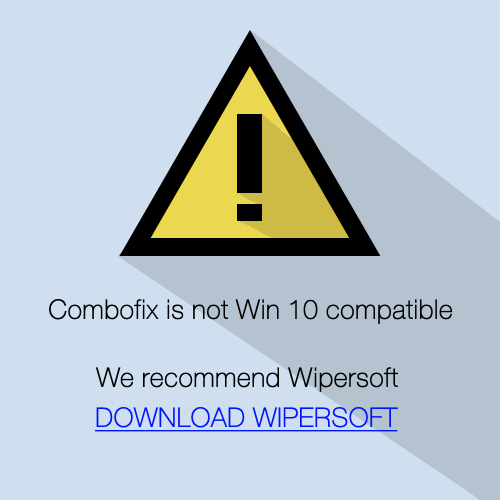Adding a Linux operating system to your computer has become much easier and more automated than in the past, whether you intend to use it as your sole operating system or install it in a separate partition as an alternative to a Windows or Mac system. Most versions of Linux now come on CD-ROM, DVD, or USB flash drive. Depending on the flavor of Linux, you can either order the discs from the manufacturer at no cost according to the rules of the open-source movement or burn an image of the entire system onto your own discs. Despite the automation, some problems can still happen during an initial Linux installation. These are commonly caused by incorrect communication with hard drive components or peripheral devices. Being able to recognize these issues is the first step in being able to perform some basic corrections that will fix them in the vast majority of cases.
Graphical Installation Problems
Linux users have the options to perform an installation that is either text-based or graphics-based. Most users opt for the graphical installation, and most issues occur when the Linux installation program does not recognize your computer’s video card or sound card. When the video card is not supported by the graphical installation’s resolution, graphics will either not appear on the screen at all or will appear as scrambled, wavy lines. This can be solved by using the Linux command for installation without frame buffer support or with low resolution. For disabling the frame buffer, restart the installation and type “Linux nofb” at the welcome screen. For installation with low resolution, type “Linux lores.”
Incorrect Communications
When your Linux installation freezes upon start-up, the cause is usually lack of device communication between the hard drive and any plug-and-play devices. This usually happens when installing Linux on a machine that is more than a few years old. A fix for this problem is to boot the machine and press the button that brings up the BIOS screen (usually one of the F-numbered keys). Locate and select the option to disable plug-and-play support on the screen, and then restart the installation. Once Linux is successfully installed, re-enable the plug-and-play support.
RAM Troubles
If at any point during a Linux installation the process stops abruptly and the screen displays a “fatal signal 11” message, there is an error with part of the operating system trying access to an area of RAM that was not partitioned. This can happen due to RAM that is too slow or not large enough for a certain Linux system. The most common fix for this is to replace the RAM with newer versions that have more space. If this error still occurs with more memory, this can be corrected by temporarily turning off the cache memory within the central processing unit itself. This is done through accessing the BIOS screen as well
These problems with Linux installation are among the most frequent; luckily they are the ones that are the most easily corrected. If any type of error other than the signal 11 error happens, consult established online sources of help for your particular Linux version. It is also a good idea to check your hardware compatibility list before beginning any installation; this is a preventative measure against more serious errors.
